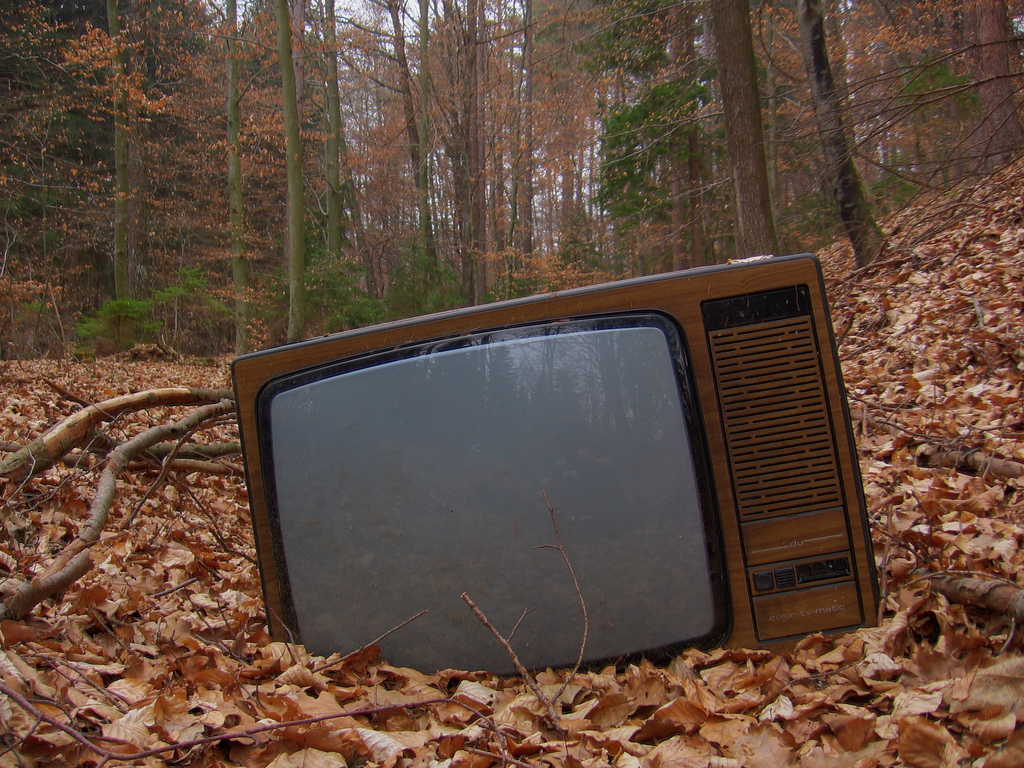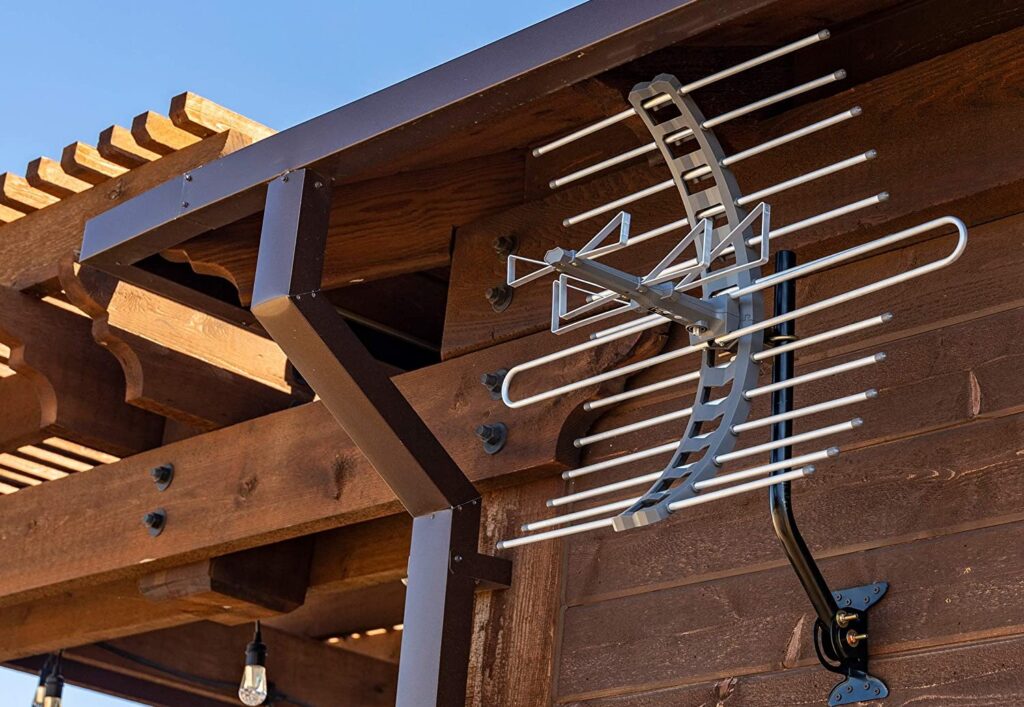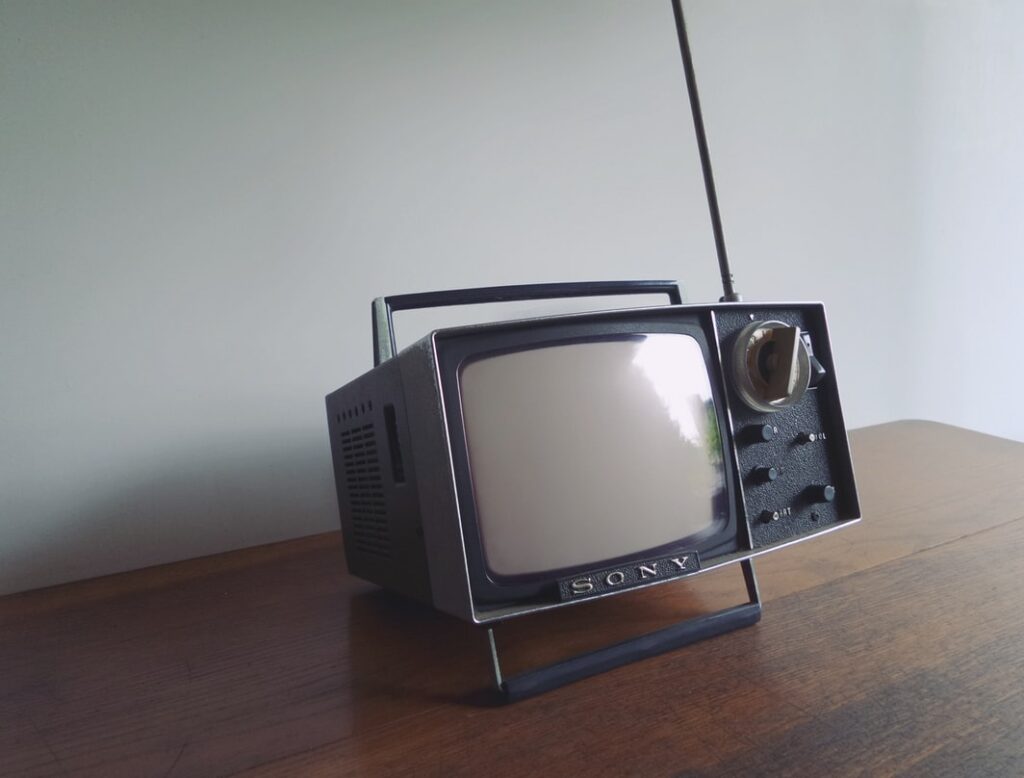The TVs have become a part of every household no matter how big it is nor where it’s located. The coverage offered by TV providers has also gotten wider, encompassing even more distant locations that would have no reception before. However, although reception exists there are still chances that said the reception will be bad or mediocre. This can make the experience of watching television worse, or even impossible if there’s frequent static appearing on our television screens. Of course, there are occasional problems with the signal that can be attributed to current weather or malfunctioning equipment. These we can simply wait out, although some are persistent. People who live in or near woods may have an especially bad connection due to the isolation of their household. Today, we will try to help you improve TV reception by providing some useful tips down below.
Make sure the issues aren’t tied to hardware

Before getting to the actual ways in which you may improve your reception, we should discuss some potential problems that could be causing it in the first place. There is a possibility reception is weakened not due to our living area but the hardware we are using and the way it’s connected. Start by checking all the cables that are attached to your devices. These should snuggly fit their ports, if one of them is loose or peeking out you may have found your issue. Check them for any damages or cuts, although these may not seem like they warrant worry at first, they could be the source of the weakened signal.
Next up, check if the ports themselves are damaged. If you see that some bits of the ports are damaged or compromised you should look into changing them out, with the help of a professional of course. The receiver you use should also be given a quick check. Check it for any physical damage first, shocks to the surface of the device can shake the internal parts and cause problems. After that, fully restart the device to ensure any simple quirks are cleared. Lastly, if the issues persist, take it to a professional or invite one over for the sake of doing a deeper check.
Your antenna could be the source of the bad connection too. While the usual adjusting of its directors can be enough to fix the issue, the issues could also stem from physical damage. Make fully sure there are no issues with the physical parts of it before proceeding. If the damage is too big, consider exchanging it for a new one. Call up available aerial fitters for a professional job well done, avoiding any potential issues with the installation of the new one.
If all of these parts come up clear, the problem isn’t with your hardware but rather the situation you are in. To enhance your TV viewing experience in this situation, consult the tips below.
Put your antenna higher

For a very straightforward way of improving your reception, simply try to elevate the height of your antenna. The household antennas work through the line of sight principle, meaning they need to be able to “see” the transmission towers for the cleanest signal to be transferred. There should be as few obstacles as possible between the two, preferably none, so this could take a bit.
First, locate nearby transmission towers. While some may be immediately visible from your surroundings, there are cases where the closest tower is way farther than we can perceive. When these situations crop up we need a way to find them without walking across the area searching for them. This can be done either by contacting services that deal with them or by looking them up through various apps. The apps are probably the quickest way to locate towers, although you should make sure the information is up to date.
Once the tower has been found, orient the antenna towards it and increase the height it’s on. This can be done through various items that are meant to extend the neck of the antenna. Even something as simple as a pipe would work as long as you firmly connect the two. You may require a bit of adjusting once the antenna has been moved to reconfigure your channels, but it will be worth the effort.
Check for interferences

The objects themselves aren’t necessarily the only interference we may encounter when setting up our antennas. There is a multitude of troublesome aspects our surroundings may possess that lessen the effectiveness of our setup.
Make sure there are as few as possible reflective surfaces around your antenna. The reflective surfaces cause direct issues with signals which can be what’s causing you so much pain right now. The most frequent offender in this group is a metal roof. If you have one of these make sure the antenna is mounted at least a meter above it to avoid interference.
Interference from electromagnetic noise is another concern you should deal with. This interference may stem from any number of devices. While most are isolated properly for the sake of preventing these issues from cropping up, there are those devices that lack proper isolation or have had theirs damaged. To rectify those, we suggest checking through all the ones you consistently use and identifying which one could be the cause of it. There could be some cables in your area with inadequate isolation too, such cables can cause heavy interference and remain overlooked due to their remote position. If you happen upon one of these cables or suspect one may be near your house, contact the services responsible for their maintenance. It’s likely that they don’t even know about the issue due to nobody properly monitoring it.
The cellular towers themselves could offer interference too. While getting a decent phone signal in the woods is appreciated, the frequencies these carriers operate on have been altered a bit over a decade ago. This led to the cellular towers operating on similar frequencies to those of TV ones, causing interference when placed near each other. Don’t worry though, there is a solution to this issue. By installing an LTE filter you can eliminate the troublesome noise cellular towers offer.
By clearing all of these troubles you should get a very clear source of television signal. If these don’t rectify your issues, contact your TV provider to check whether there’s a deeper issue with your reception. While woods can be tough to get a clear signal into, the previous solutions are usually more than enough to solve it.

